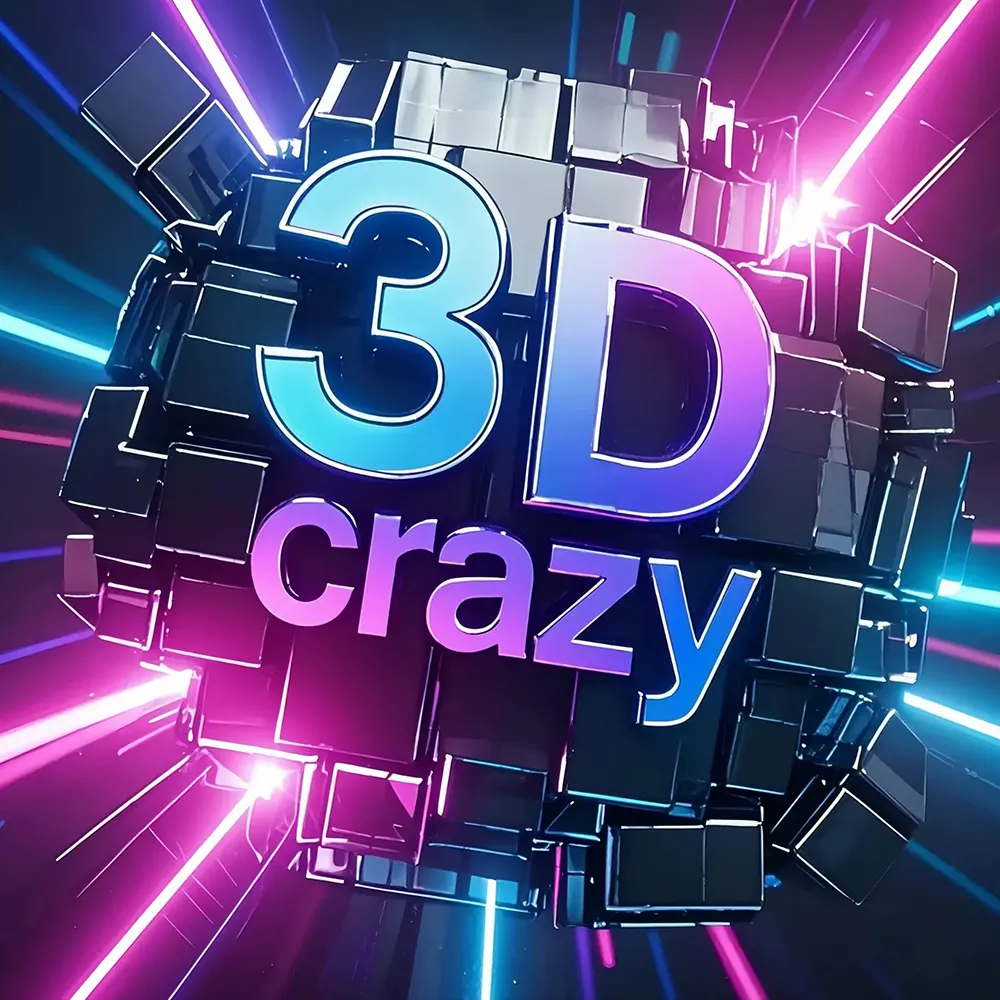The Key Technical Parameters That Affect The Quality Of Lenticular Printing Mainly Include The Following Aspects
1. Three basic requirements:
• Printing technology: Primarily using offset printing techogy.
• Paper requirements: The weight of the paper used for printing should not be less than 250g/㎡.
• Screen ruling and plate-making: The screen ruling should be no less than 300 lines per inch, or use the collotype process.
2. Five essential elements:
• Data uniformity: The original, pixel data, and printed image should always be consistent with the lenticular lens pitch to avoid interference fringes in the final product image due to data discrepancies, which would affect the visual effect.
• Registration accuracy: The error between pixels and the lenticular lens should not exceed 0.0001‰ to ensure that no obvious color ghosting occurs when the lenticular lens is combined, maintaining the integrity of the image and color.
• Printing layers: The printing dots should be clear, full, dense without being blurry, and sparse without being lost, ensuring the ideal reproduction of the image's three-dimensionality and spatiality.
• Print shrinkage control: Strictly control the shrinkage of the printed product to ensure the perfect reproduction of the three-dimensional image, avoiding changes in the visual positioning of the image, as well as the appearance of reverse images, misimages, and visual dizziness.
• Screen angle adjustment: The difference in screen angles for each color plate in three-dimensional printing should be less than that of ordinary offset printing, such as for a 300 lines per inch screen ruling, the angles are K37.5, C37, M0, Y22.3, to ensure that the dot combination forms a horizontal arrangement of color lines on the lenticular lens surface, ensuring a balanced transition of color image layers, and avoiding plate crashes and abnormal moiré patterns.
These technical parameters collectively determine the quality of lenticular prints, including three-dimensionality, clarity, color reproduction, and visual comfort.
The lenticular line count (LPI) used for lenticular image printing refers to the number of lenticular bars per inch unit, describing the resolution of the image or graphic, and is an important indicator for evaluating image clarity. Generally, the higher the lenticular line count, the higher the image clarity, and the better the quality of the printed product.
In lenticular image printing, different lenticular line counts are suitable for different application scenarios. For example:
- Commonly used for packaging products are 75 lines, 100 lines, and 161 lines.
- For poster prints, the lenticular line counts are 70 lines, 60 lines, and 50 lines.
- For indoor murals, the lenticular line counts are 50 lines, 40 lines, and 32 lines.
- For outdoor billboards, the lenticular line counts are 30 lines, 20 lines, and 10 lines.
The choice of lenticular line count also needs to consider other parameters of the lenticular lens, such as lens thickness, viewing distance, and light transmission rate, which together affect the effect of lenticular image printing. Therefore, when choosing the lenticular line count, a comprehensive consideration should be made based on the specific application scenario and printing requirements.
In addition to the lenticular line count, the material of the lenticular lens is also an important consideration. Different materials have different effects on the refraction and reflection of light, thereby affecting the visual effect of lenticular image printing. When choosing the material of the lenticular lens, factors such as its transparency, hardness, and weather resistance need to be balanced to ensure the durability and aesthetic quality of the printed product.
Furthermore, the choice of printing ink is crucial. High-quality ink can ensure the brightness and stability of image colors, improving the overall quality of the printed product. In lenticular image printing, inks with high adhesion and light resistance are typically chosen to ensure that the printed product maintains good visual effects during long-term use and display.
📞 Talk to a Specialist – Solve All Questions:






